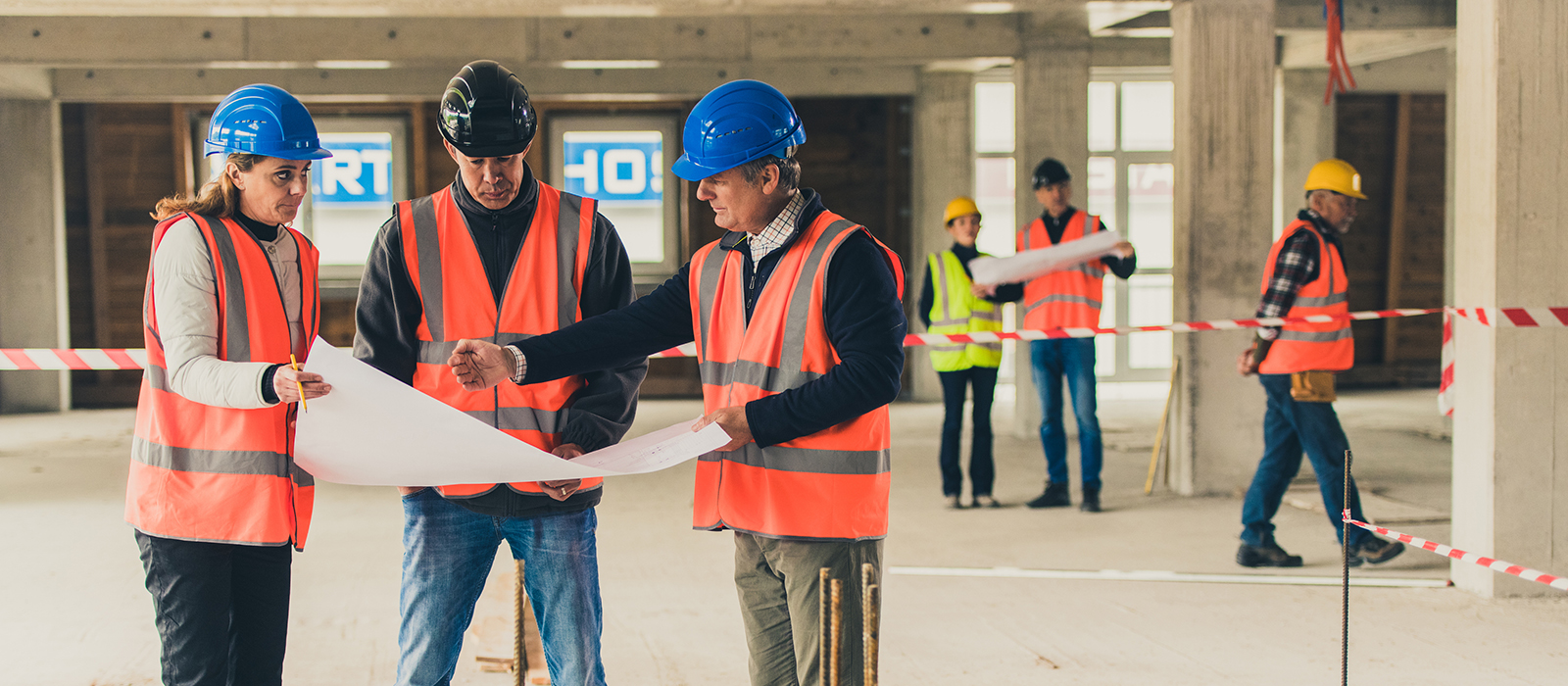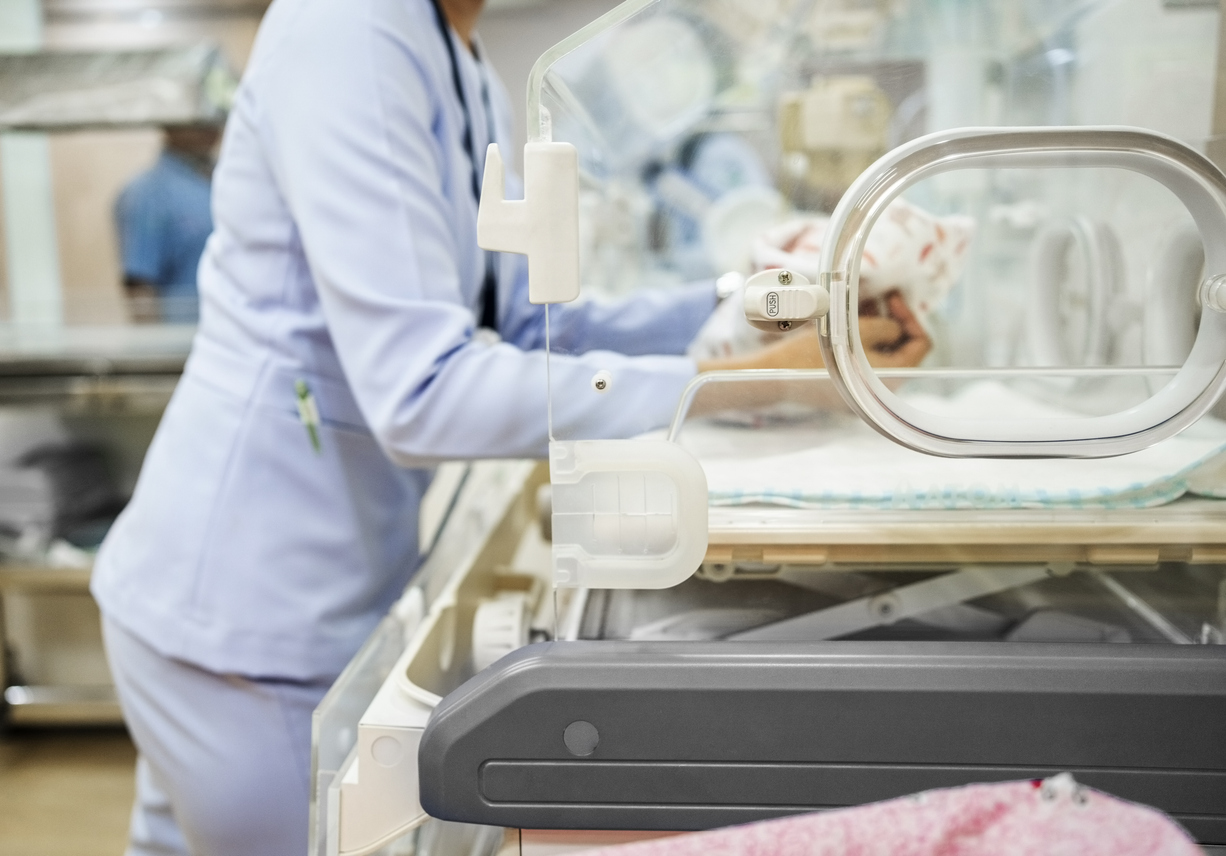3 Questions to Answer Before Implementing ASHRAE 241

The COVID pandemic demonstrated the essential role that ventilation and filtration can play in airborne pathogen mitigation and ensuring healthy indoor environments. Guidance on the appropriate levels of ventilation and filtration were generally established in the early days of the pandemic and were based on flushing rates required to reduce indoor airborne particle levels. In its new standard Control of Infectious Aerosols (ASHRAE 241-2023), ASHRAE sets out to provide clear guidance that organizations of all types and sizes can follow in the event of future viral outbreaks.
The document formally establishes recommendations for how to reduce the risk of transmission of indoor aerosols including COVID-19, influenza, and other airborne viruses during periods of high risk. It offers specific details for how a wide range of organization types can safely operate during high-risk conditions. However, it also introduces new ambiguity around what might constitute a period of high risk and advises steps that may prove burdensome to some organizations.
Question 1: What will trigger the move to and or from IRMM?
For effective pathogen mitigation, ASHRAE 241 recommends buildings make plans for three separate building operation modes:
- For day-to-day operations, buildings follow their normal operating mode that meets the outdoor air ventilation requirements set by ASHRAE Standard 62.1.
- During times of high-risk, buildings enter an infectious risk management mode (IRMM).
- A temporary shutdown mode.
The standard specifies an equivalent outdoor air ventilation rate, on a cubic feet per minute per person basis, to be used during IRMM. This rate is to be derived from a combination of mechanically supplied outdoor air and through air filtration meeting at least MERV 11. What may be less clear to organizations is when to enter and exit IRMM mode. This is to be determined by creating a Building Readiness Plan and then monitored by the building owner or manager.
This lack of clarity around when to move into and out of emergency mode proved frustrating for many building owners and operators during the COVID pandemic. However, it remains up to building owners and operators to set their own starting and end points. The first step is to determine what to include as a trigger. Certain organizations, such as some outpatient medical facilities, may consider whether a severe flu season or rise in RSV might warrant the switch to IRMM. Higher education institutions may consider changes to ventilation at the start of the fall semester and include such language in their building readiness plan. Some organizations may find they need to trigger IRMM in only certain critical building areas, such as within data centers that require in-person, while other parts of the building shift to remote work.
Whatever combination of risks you decide to address, it’s essential to first identify it and then put a system in place to monitor it. This may include manual monitoring of state Health Departments or the Centers for Disease Control and Prevention for specific information or an automated system that can alert your team when risk conditions are present. EH&E has helped organizations develop specific risk calculators that bring together a diverse range of data to alert building owners and managers when risk conditions are present.
Your building readiness plan should also provide guidance on commissioning your system to ensure good operational performance with every change. Pandemic commissioning can help ensure that any ventilation or filtration changes made for pathogen mitigation do not lead to new problems for your indoor environment.
Question 2: Do I have the space and resources to meet these additional requirements?
Achieving IRMM may require a significant investment in time as well as equipment. Making the shift to IRMM leads to an increase in ventilation rates by, depending on the space, a factor of three to six. Achieving that substantial increase may require standalone fans and filtration units that would need to be purchased and then stored when not in use – if, in fact, they are ever put to use. In addition, the guidance sets criteria to maintain and inspect this equipment periodically to ensure it remains ready for use.
If this is a task that organizations want to manage in-house, they will want to ensure that they have staff available today to manage these tasks, including the development of the Building Readiness Plan. They may also wish to consider allocating resources toward the purchase, storage, and maintenance of additional equipment during their next budget cycle. Smaller organizations, organizations with a spread-out portfolio of buildings, and short-staffed facilities departments, among others, may wish to consider whether they might be better served by working with a building engineer that can rapidly move their facility to IRMM as needed.
Question 3: Would it benefit my organization to meet this standard?
ASHRAE 241 is meant to work for any organization and, in fact, calls out many different types of buildings. While the guidance aims to provide criteria for how various building types can decrease the risk of pathogen transmission to an equivalent standard, each of those building types has different criteria to achieve.
For some facilities, these criteria may be particularly difficult. Organizations should take into account whether these recommendations are reasonable for their operations and building occupants. As an example, much of the language in the standard is based on standard vocalization. The numbers that are provided for air exchanges are based on building occupants speaking at a normal range. But what about places where that isn’t the norm? For a choir singing in church, meeting the IRMM guidance may require a minimum of 100 CFM of clean airflow per person. This amount of ventilation may be unreasonable for a church to achieve with a full house and may in fact require limits to building occupancy.
Organizations will have to make the decision as to whether IRMM makes sense for them. Many businesses have learned they can make the shift to remote work in times of high risk. Others may find that IRMM can provide a powerful differentiator in attracting workers to jobs where remote is not an option. Still others may find an infectious risk management mode makes sense for some parts of the building, so they can allocate resources where they’re most needed.
Find answers you can trust
One thing you won’t have to question is whether EH&E can provide the support you need for pathogen mitigation that keeps your building occupants safe. The combination of expertise from our industrial hygienists and building scientists, and engineers helps building owners and operators proactively prepare for any potential risk. Whether you need support crafting a comprehensive Building Readiness Plan or implementing the right level of engineering controls, let us know. Contact EH&E with questions any time.
Subscribe
to our blog
"*" indicates required fields






